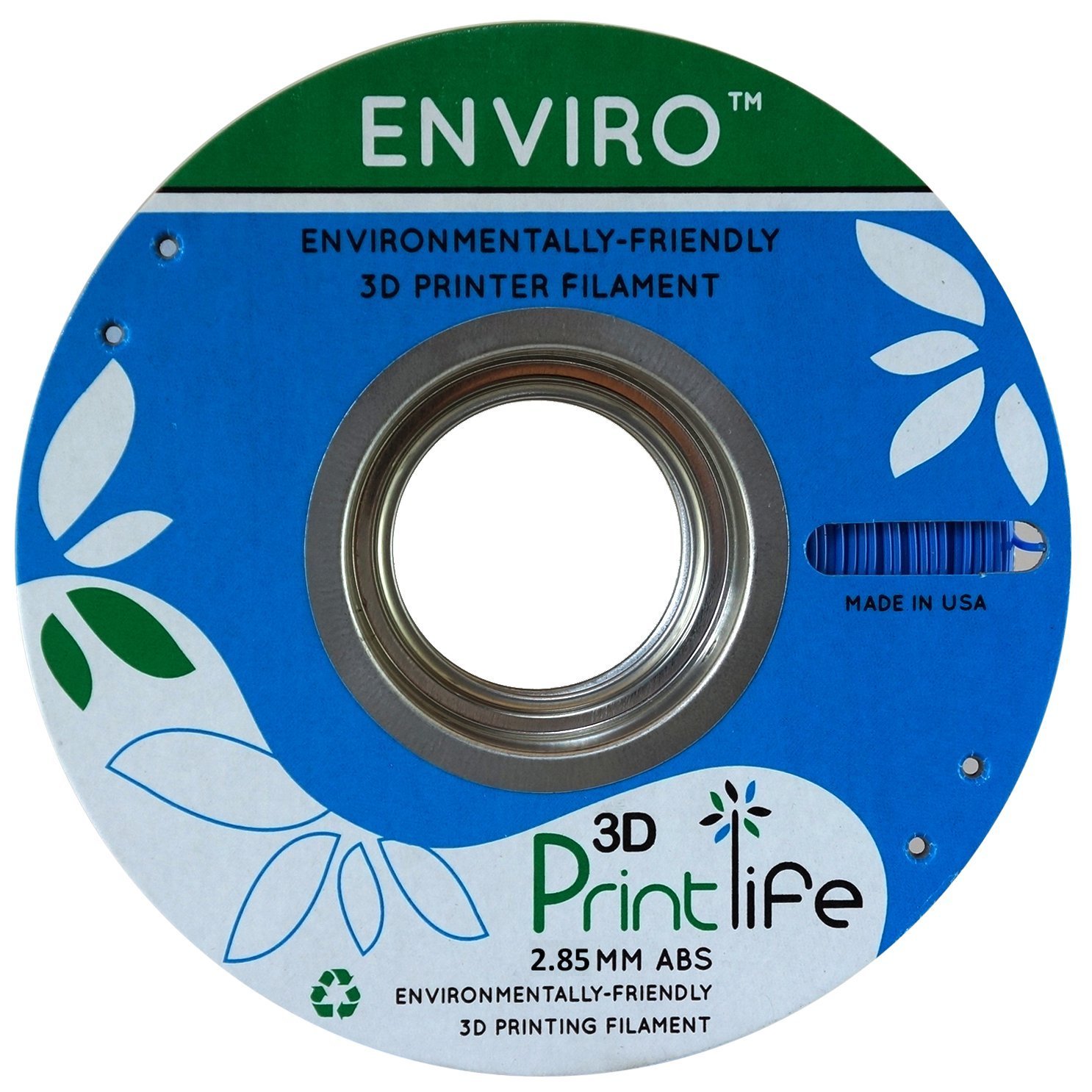

"There's zero chance of it being terraformed and Earthlike in my lifetime. "Eventually, you'd need to heat Mars up if you want it to be an Earthlike planet, and I don't have a plan for that," Musk said. If we ever want to live on Mars and not remain tethered to life support systems or within enclosed structures, we'll need to terraform it. That's important, because Musk himself told Vance that he thinks it's possible to create a self-sustaining Martian colony, but moving outside of enclosed greenhouses and other housing structures is a problem he hasn't tackled yet. Vance notes that a DNA printer on Mars would allow "humans to create medicines, food, and helpful microbes for early settlers of the planet." Venter's genome printer would play more of a support role in this scenario, allowing humans to potentially print life that could survive outside of whatever life support structure Musk would want to set up there.
#Printlife se code
He was also the first to create "synthetic life" by removing the genetic code within a bacteria and replacing it with a synthetic genome. Venter is well known for his work on the Human Genome Project, which, as the name suggests, was the first to sequence an entire human genome. "Eventually, you'd need to heat Mars up if you want it to be an Earthlike planet, and I don't have a plan for that" "Elon and I have been talking about how this might play out." "I think biological teleportation is what is going to truly enable the colonization of Mars," Venter told Ashlee Vance, author of a new biography of Musk coming out on Tuesday. Instead, he wants to print bacteria and other organisms that will eventually help us terraform Mars using a "digital biological converter" developed by Venter that can take take raw DNA code, implant it into a "universal recipient cell," and bring it to life.


Musk doesn't want to print humans, per se. This is a school of thought that Musk also subscribes to, which is notable, because Musk is, at the moment, the single human most likely to enable our colonization of other planets. Some of NASA's very best scientists believe that in order to colonize other planets, we'll need to encode the human genome into bacteria, send those bacteria into space, and reassemble the genomic data they carry once they finally land on another planet. Printing life is not something that's going to be done tomorrow, but, as we've covered before, it's not a line of thinking that's totally unprecedented or outside the realm of possibility.
#Printlife se how to
Still, the SpaceX and Tesla renaissance man does have a vague plan on how to seed life there: He wants to team with legendary geneticist Craig Venter to print life on the Red Planet. Elon Musk knows that Mars will not be terraformed in his lifetime.


 0 kommentar(er)
0 kommentar(er)
